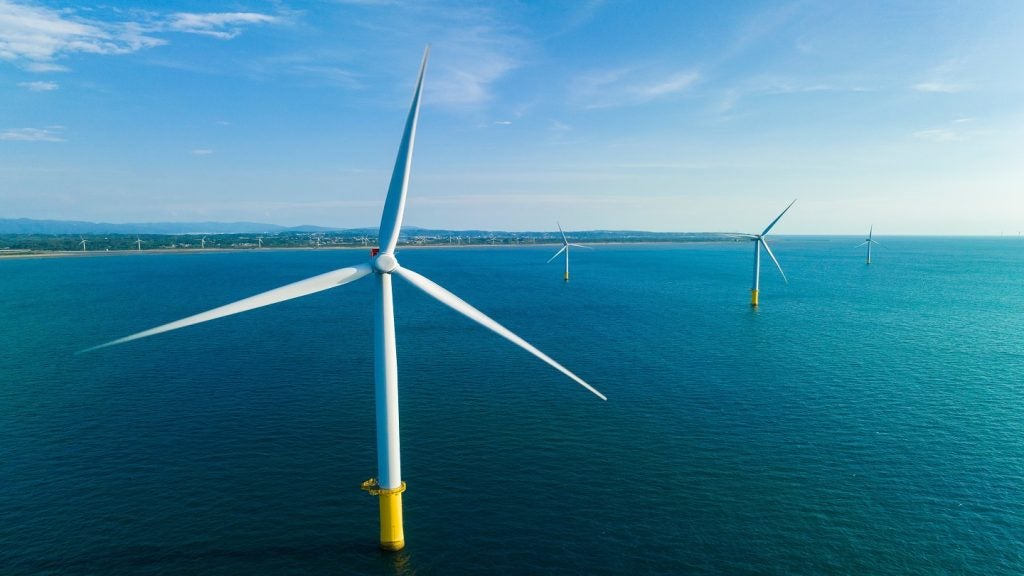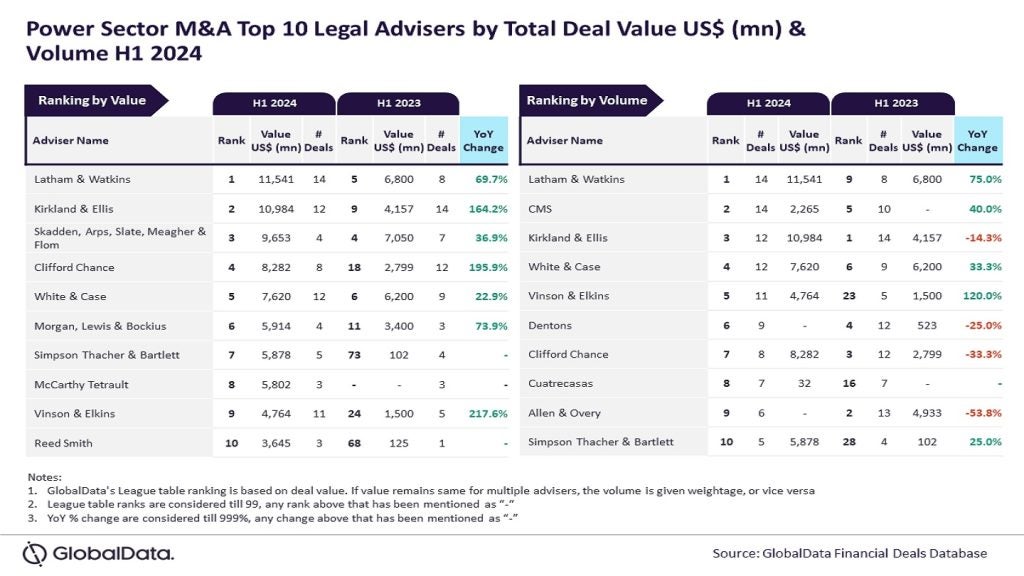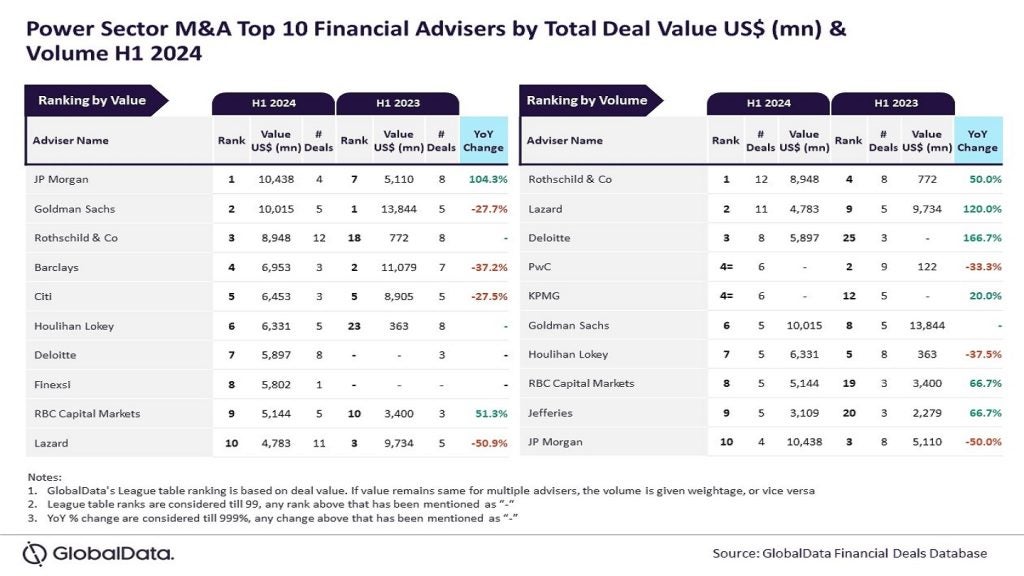Tony Ward is currently a director at Ernst & Young’s utilities division which serves clients involved in all aspects of power generation and transmission. How are these companies going to prepare for the future?
He says 2008 will be a big year for innovation but believes the long-awaited UK Government proposals on nuclear energy will define future company investments into nuclear generation around the world.
Power Technology: What does 2008 hold in store for the nuclear industry?
Tony Ward: [I think] 2008 will be the year in which the renewed promise for nuclear generation in OECD [Organisation for Economic Co-operation & Development) economies is either crystallised into reality or is not.
In January the UK government will announce the results of its public consultation on whether nuclear can be considered as part of the future fuel mix choices for utilities.
PT: What impact will government findings have and will the outcome in the UK market impact on the global industry?
How well do you really know your competitors?
Access the most comprehensive Company Profiles on the market, powered by GlobalData. Save hours of research. Gain competitive edge.

Thank you!
Your download email will arrive shortly
Not ready to buy yet? Download a free sample
We are confident about the unique quality of our Company Profiles. However, we want you to make the most beneficial decision for your business, so we offer a free sample that you can download by submitting the below form
By GlobalDataTW: A positive conclusion will see a number of utilities pushing ahead with their investment proposals.
The UK market is being closely watched by other European countries, as well as by the European Commission itself. Positive progress will embolden other member states.
In the US, TVA will commence the construction of the first new-build reactor there for two decades.
Watts Barr and the NRC’s schedule of licence applications will grow as more of the 30-plus plant proposals are brought forward.
PT: What will be the downside to more licence applications and construction?
TW: The counterpoint to these positive steps will be the need to improve communication with the broad range of stakeholders, particularly the public at large.
PT: With the move towards nuclear generation, waste disposal is predicted to pose a massive challenge. How can this be tackled?
TW: The perception that dealing with waste and spent fuel from new reactors is a major problem is heavily influenced by failures to make (and act upon) effective decisions to deal with wastes arising from legacy programmes, whether in Europe, the US or elsewhere.
Progress is being made, following the UK government’s recent acceptance of the CoRWM Committee recommendations and in the US where the Yucca Mountain Repository now has an agreed timeline for construction, for example.
Ultimately, the renaissance of nuclear will be closely tied to whether these decisions are followed through and delivered, [as] the journey to achieve that and meet the public’s legitimate expectations begins now.
PT: What big innovations can we look forward to in the coming year?
TW: The coming year or two will be less about innovation and much more about working to deliver certainty over licensing, construction and operation of the suite of designs offered by the major vendors.
Early experiences with the EPR at Olkiluoto in Finland and Flamanville in France point to the importance of getting quality, cost and timetable right.
PT: Which countries have managed to get it right?
TW: Much has been learned by vendors and constructors in the Far East, especially in Korea and Taiwan.
Achieving similar benchmarks will be critical to allay fears of time and cost overruns that have historically dogged western nuclear projects.
PT: Who else should we watch out for? Which names will be big in the coming year?
TW: While there are a number of nuclear reactor technology vendors with potential designs, including those from Russia and the Far East, there is an emerging triumvirate of groups who have the scale, reach and LWR designs to make a real impact.
PT: Who are these companies and how do they operate?
TW: [They are] Areva-Mitsubishi, Westinghouse-Toshiba and GE-Hitachi.
Success, whether in actual construction or in being selected as contractor, in the Chinese, Eastern and now US and European markets will give these groups a head start in dealing with and meeting the regulatory hurdles that have to be overcome.
It will also offer advantages in building the supply chain and credible track record of construction and operation that future buyers will demand.
PT: What challenges will 2008 hold for the industry as a whole?
TW: [The challenges will be] that the industry remains 100% accident free.
The potential development of some reactors, such as those at Mochovce in Slovakia, based on Russian, essentially Generation II designs, may put that aspiration at risk.
[This] presents a challenge for the entire global industry, not just the operator themselves.PT:What will be the key issues for the industry beyond 2008? What are your hopes for 2009?
TW: The wider industry has been in a moribund state for many years, Its ability to achieve the rapid stepping up that will be required, whether in terms of skilled labour, critical component manufacturing volume and so on, will be the catalyst for delivering on the promise that the technology holds.
[My hopes are] that the positive steps being taken now will build in momentum, with decisions made on key issues such as waste disposal. [Also] that the supply chain falls into place behind the industry, with reliable quality of the necessary high standard consistently met and with no new significant pinch points emerging in the supply chain, beyond those already known.






